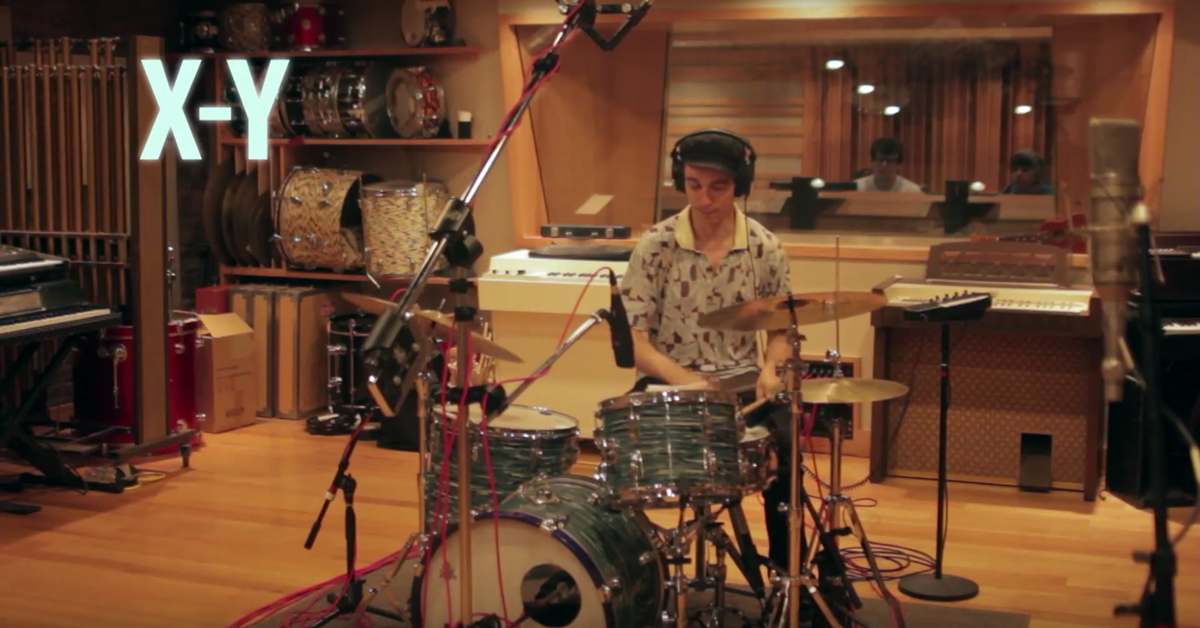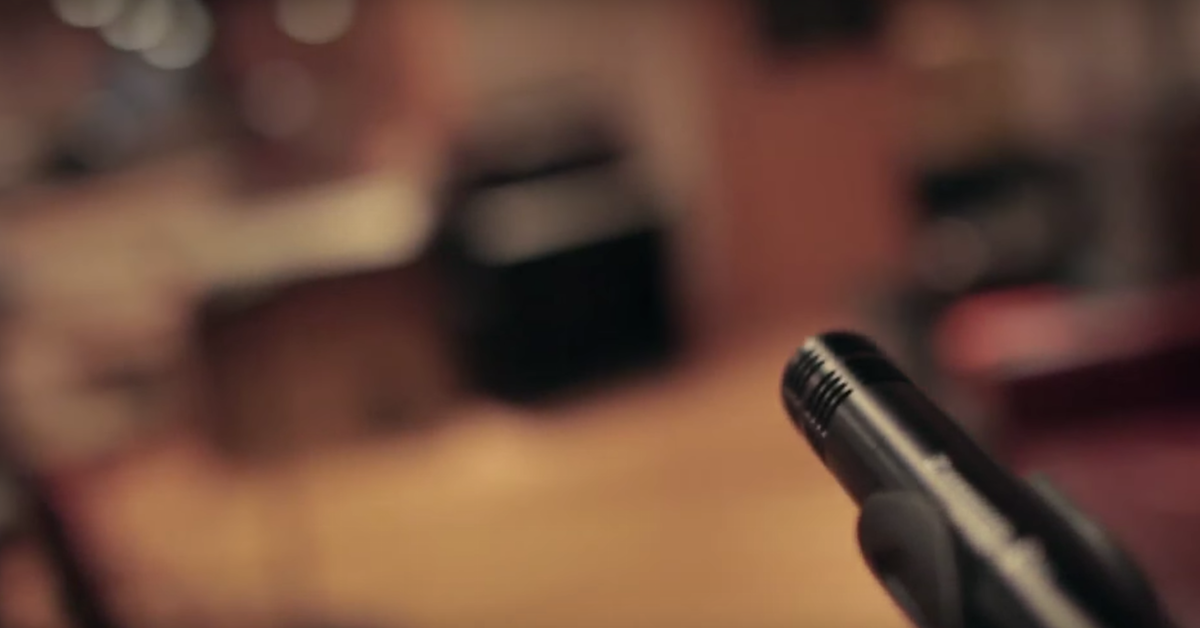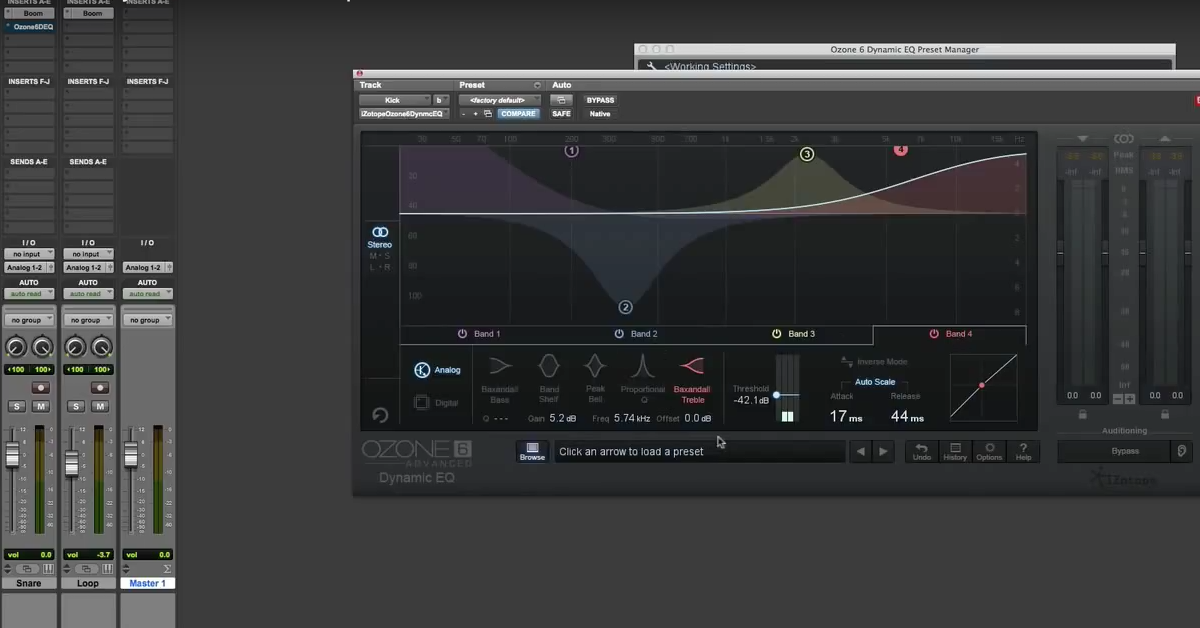Tips for Recording Drums: Close Mic Techniques
How to place them, how you can sculpt the tone with distance, when and how to blend in a bottom mic. We’ve got some great mics from our sponsors at Sennheiser and really killer drummer, Parker Kindred behind the kit.
So alright, let’s get started!
With the kick drum, there’s a pretty big difference between a mic placed inside the kick and outside the kick. Even if it’s the same type of mic.
There’s also a difference inside the kick whether you’re right on the beater or a little off the beater. We’ll hear both of those variations as well.
[kick, inside, on beater]
[kick, inside, off beater]
[kick, e905, outside kick]
[kick, U47, outside kick]
Just by moving the snare drum mic closer to the center, closer to the rim, you can dramatically change the sound.
[snare, adjusting position]
Same concept applies on your tom mics. Mic’d closer to the rim, more ring, closer to the center, more attack, and there’s a big difference with distance. Part of it is going to be the proximity effect. The fact that with these directional mics, the closer you get to the drum, the more bass will build up.
[toms, adjusting position]
One thing you can do with a snare is to fold in a bottom mic. Pretty popular thing to do.
The bottom mic, this time, a Sennheiser 441, a really classic mic for this application, pointing straight up at the snare band. So you get a lot of crispness, a lot of that snare band sizzle underneath the drum, not a ton of impact, but if you take this very thin, sharp, and bright sound and blend it in with the top mic, you can add a whole new dimension to the top mic sound.
We’ll hear each of these separately, and then together.
[snare, top, e905]
[snare bottom, MD441]
[snare, both mics]
[tom, top mic, MD421]
[tom, bottom mic, MD421]
[tom, both mics]
There’s one other thing you can do with a snare drum mic. We can get rid of this dynamic that’s an e905 Sennheiser, swap it out for this Sennheiser e914. Dramatically different sound.
There’s a couple of different approaches. We can point it at the head like we’ve been doing, but some folks, jazz sessions, acoustic music, like to point it right at the shell. Very different sound. You’ll hear those two in a minute.
[snare, e905]
[snare, e914]
[snare, side, e914]
Thanks for tuning into this episode on close mics. Stay tuned for the next episode on room mics, and in case you missed it, check out the first episode on overhead mic techniques.
Subscribe for free at SonicScoop.com and thanks! See you next time.





